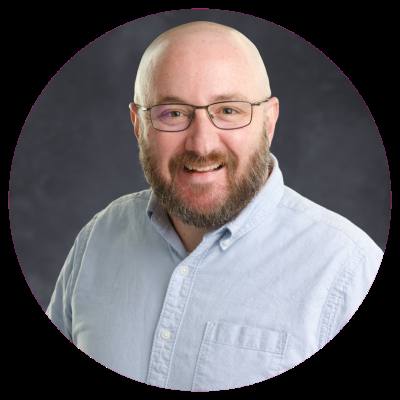Looking to improve student achievement at its Title I schools, Klein ISD has spent about $10 million in the past four years on the district’s Good to Great program.
The program provides Klein Forest High School, its two intermediate feeder schools and seven elementary feeder schools with funding for improvement initiatives. Results in the 2014-15 school year after the third year of the high school’s program and second year of the feeder school programs have been mixed.
“I’m pleased not only with the academic progress but with the social [and] emotional progress,” Superintendent Jim Cain said. “Sometimes you take a step back and you say, ‘That particular score wasn’t as good this year as it was last year.’ But if you look at the overall trend line, it’s going up. We’re proud of that.”
Klein Forest High School
The Good to Great program at KFHS has assigned core teachers to five periods of student instruction, one period of conference and one period of collaborative planning and professional development, said Amanda Salinas, KISD officer of data, research and evaluation.
The program has provided support staff and attendance incentives to staff as well as implemented Eagle’s Nest—a student academic intervention period.
Salinas said the program yielded positive results in 2014, such as increases in graduation rates and college enrollment as well as bumps in SAT, ACT and end-of-course exam scores in several subject areas. Focus groups in May also found students felt safer at school and believed fewer students were getting in trouble.
“When asked about Eagle’s Nest and its benefit, students indicated there was a time for studying, tutoring, preparing for exams and also a time to participate in character education lessons,” Salinas said.
However, the report provided at the end of the third year—presented at a board meeting in August—also indicated there were as many teacher openings at KFHS as in previous years, KISD officials said.
Principal Pat Crittendon said the school loses teachers for a variety of reasons and believes retaining good teachers can be a challenge for the region.
“We’re in a market where when we look for teachers, it’s a shortage,” Crittendon said. “I build them [and] I work to keep them, but the good will rise to the top and sometimes they leave.”
Intermediate, elementary schools
KISD expanded the Good to Great program to Klein and Wunderlich intermediate schools and its seven Title I elementary schools two years ago.
The program provided an additional staff member to both intermediate schools and added an additional 30 minutes to the day, said Susan Borg, associate superintendent of instruction and student services.
Wunderlich Intermediate Principal Christopher Ruggerio said the program provided the school a math specialist while the extra time allowed the campus to provide intervention for struggling students and enrichment programs for high-performing students.
“It allows the campus to control attendance and tutorials and other targeted interventions,” he said.
At the elementary school level, Borg said the initiative provided money for five teachers that can be used to reduce class sizes or to create co-teach model classrooms. Eiland Elementary School Principal Greg Jones said his campus added two co-teachers and three teachers to reduce class sizes in third, fourth and fifth grade.
The results from the first two years at the elementary and intermediate levels have also yielded mixed results. Borg said students, teachers and administrators surveyed the last two years provided high ratings to their campuses in terms of efficacy. However, State of Texas Assessments of Academic Readiness writing and science scores dropped last year while reading scores were inconsistent across campuses.
Jones attributed some of the decline and high mobility rates to the rise in economically disadvantaged students and the struggle to keep quality teachers.
“Teachers don’t tend to stay 15-20 years at a Title I school,” Jones said. “The talent loss is a big concern. We’re constantly retraining new teachers every year.”
KISD board members Rick Mann and Ronnie Anderson told KISD administrators they were concerned by the mixed results and would like to see more feedback on the needs of the campuses.
“What I want you to think about is what’s going to move the needle,” Anderson said. “I want to be aggressive, and I want to close the gap.”




